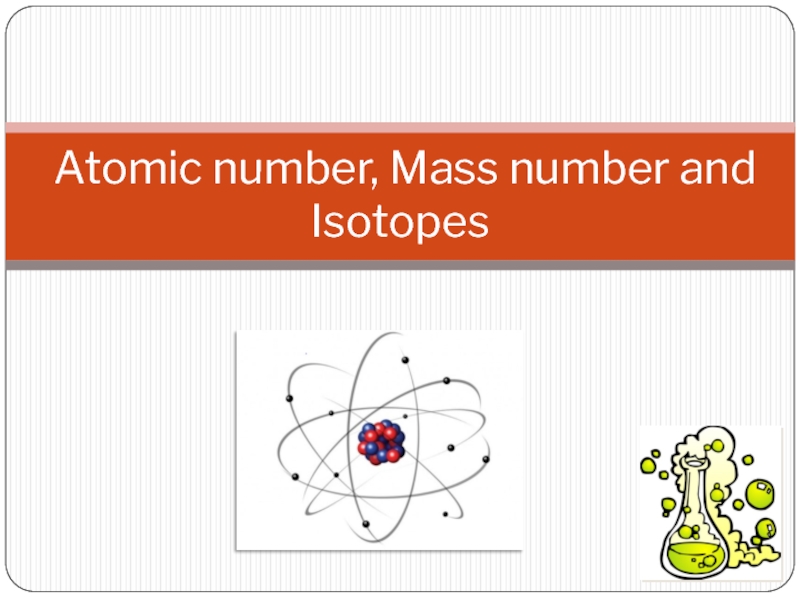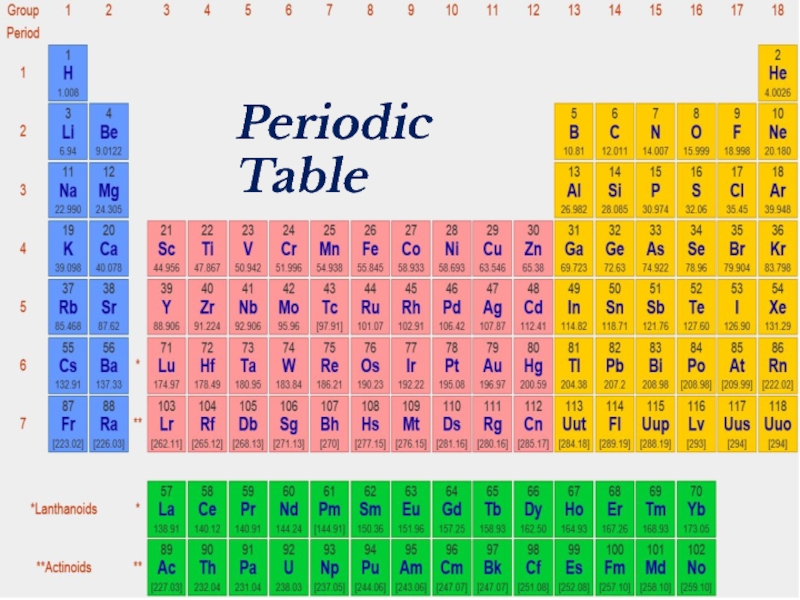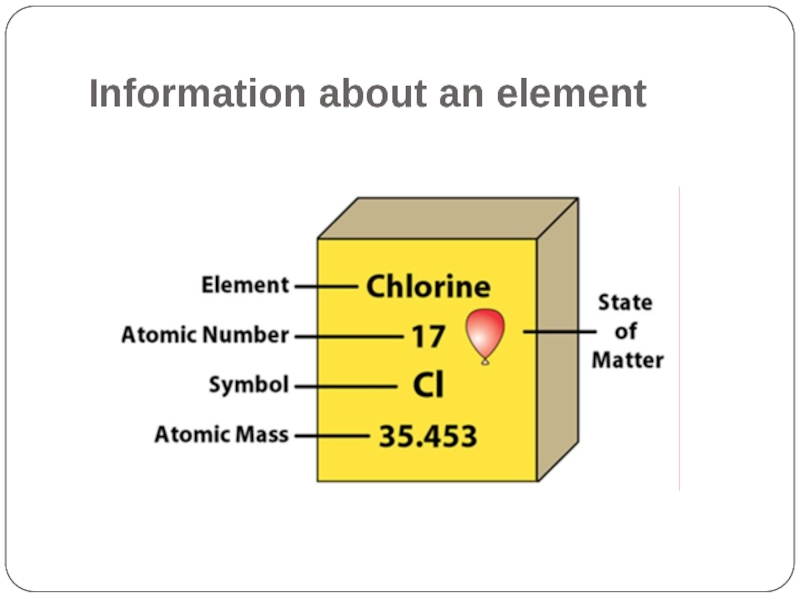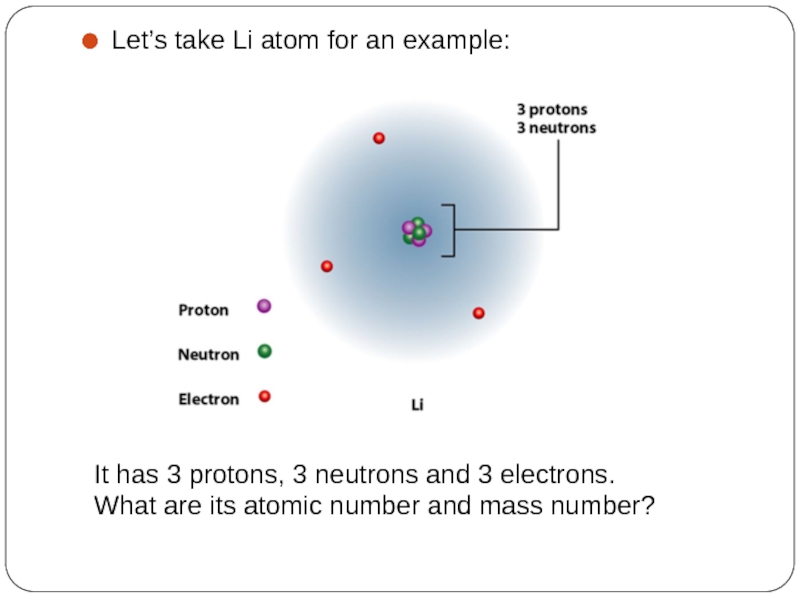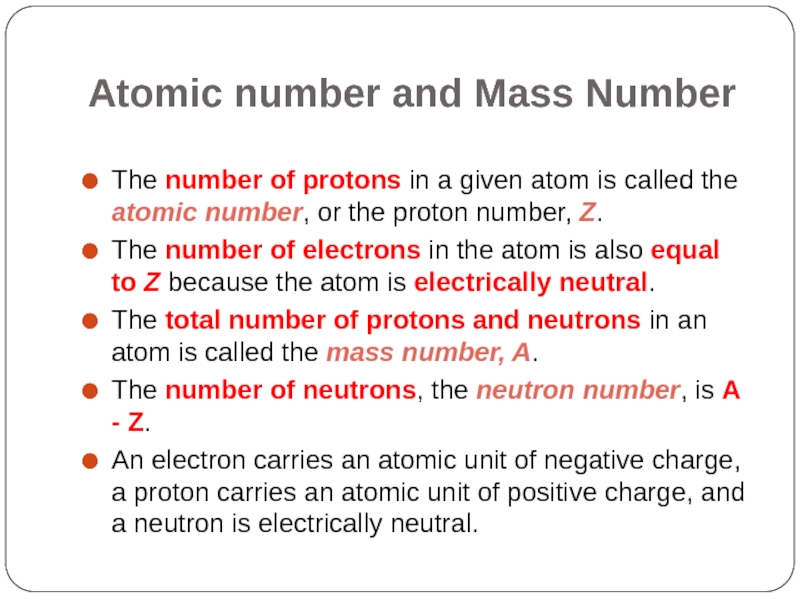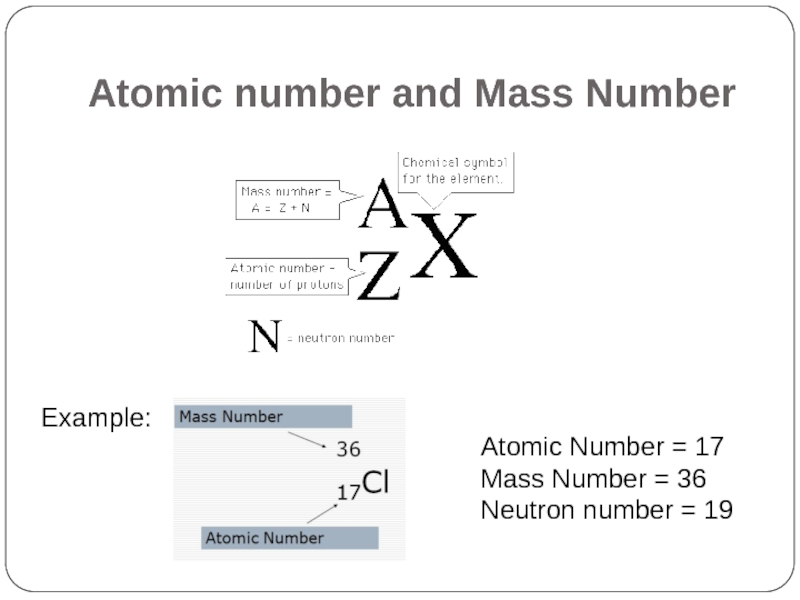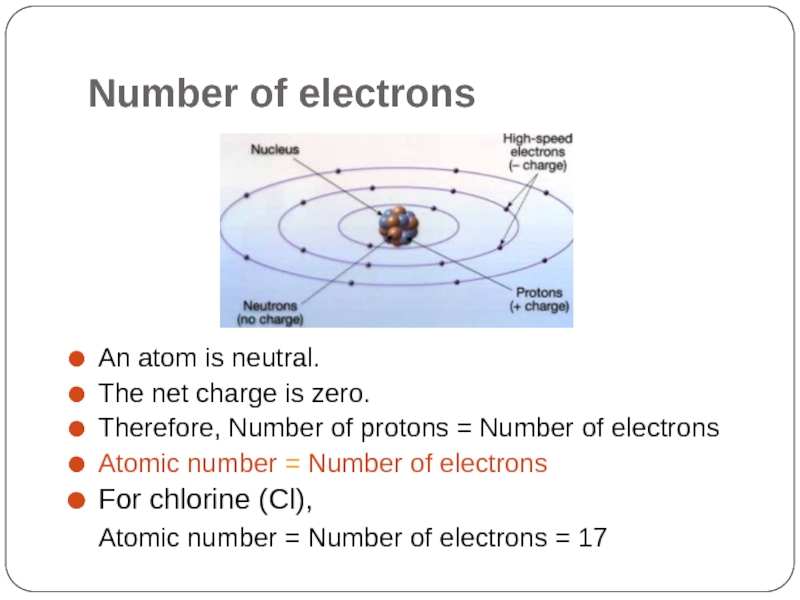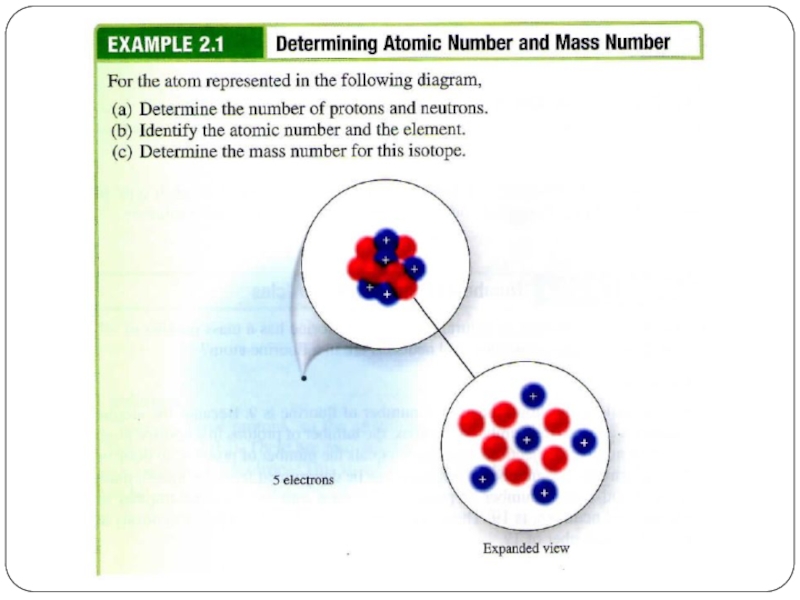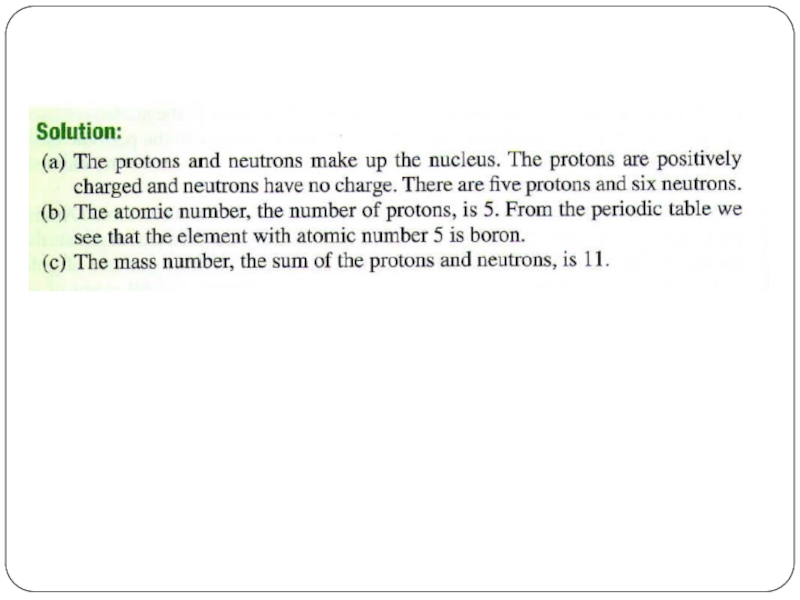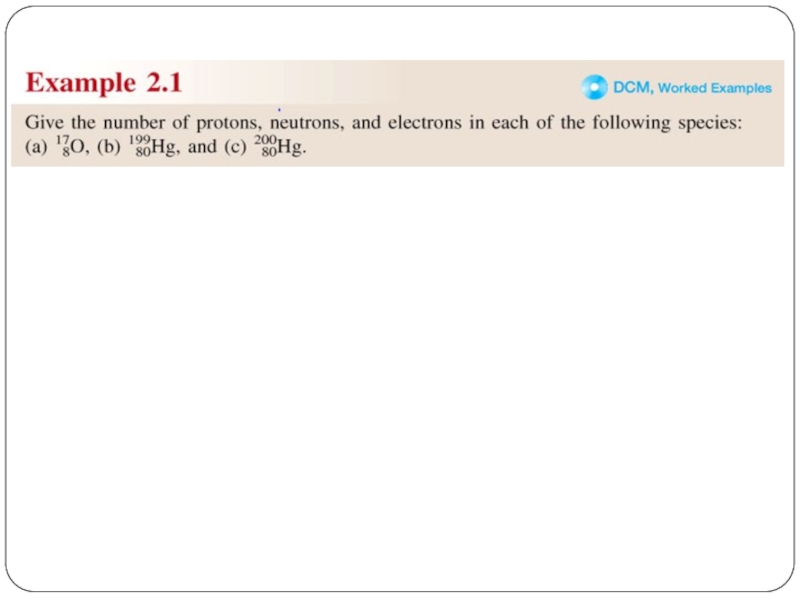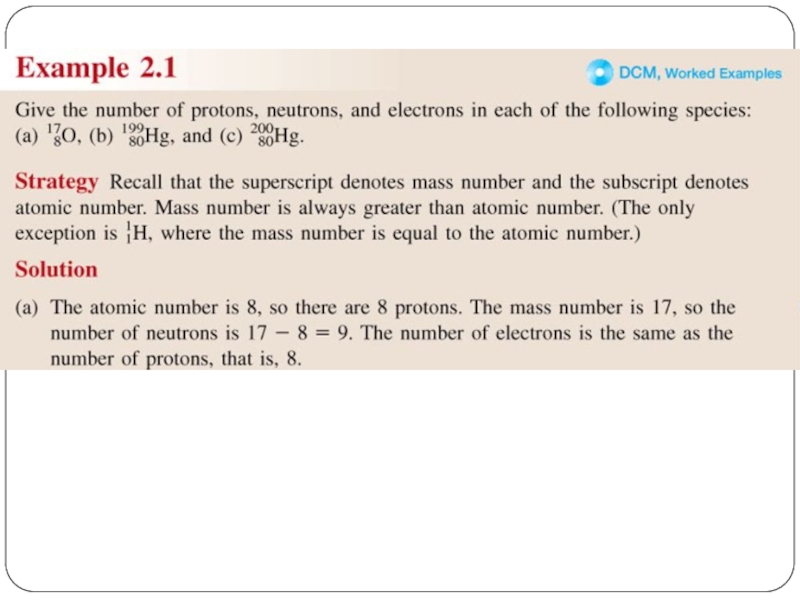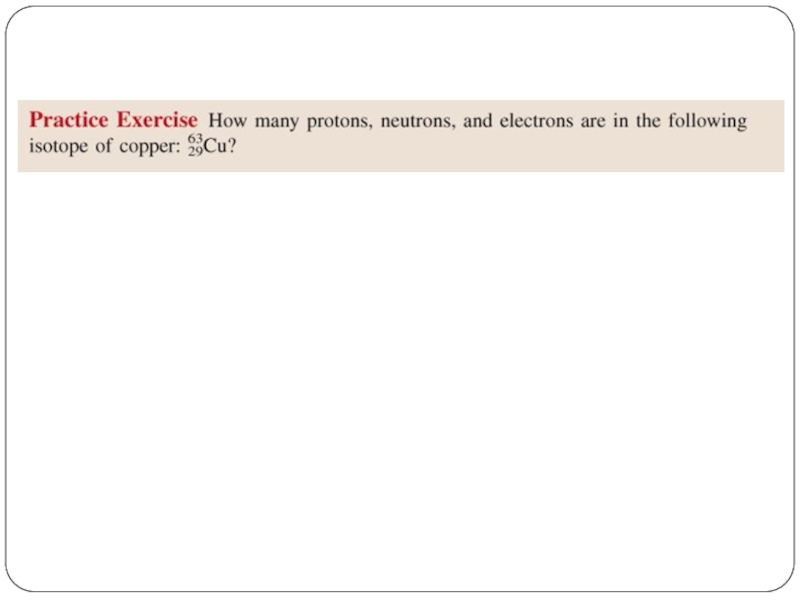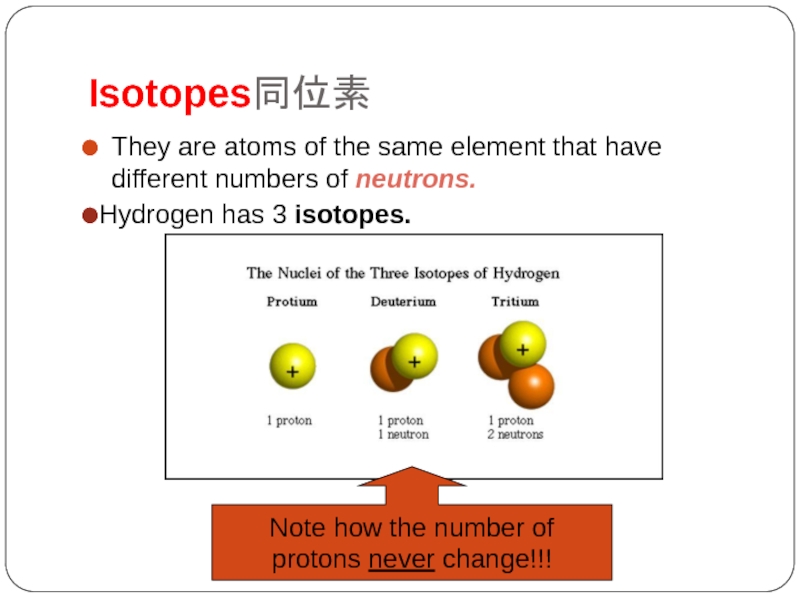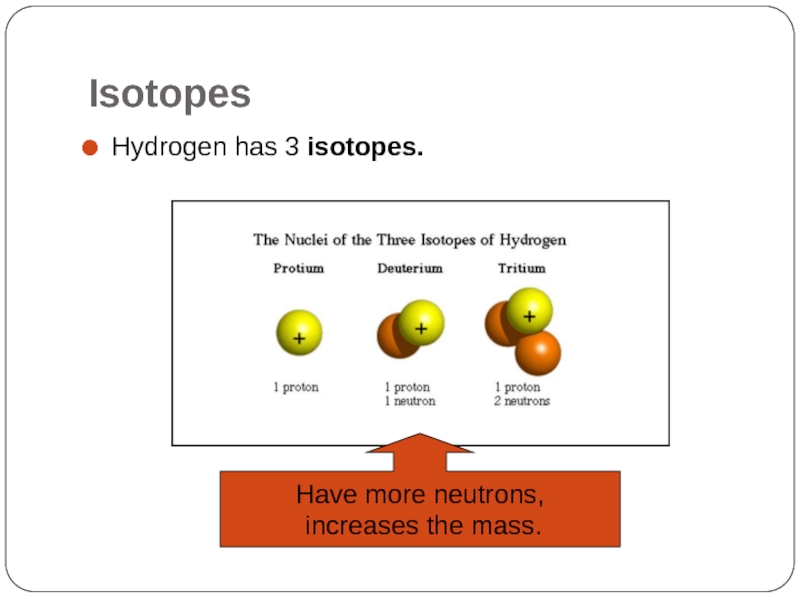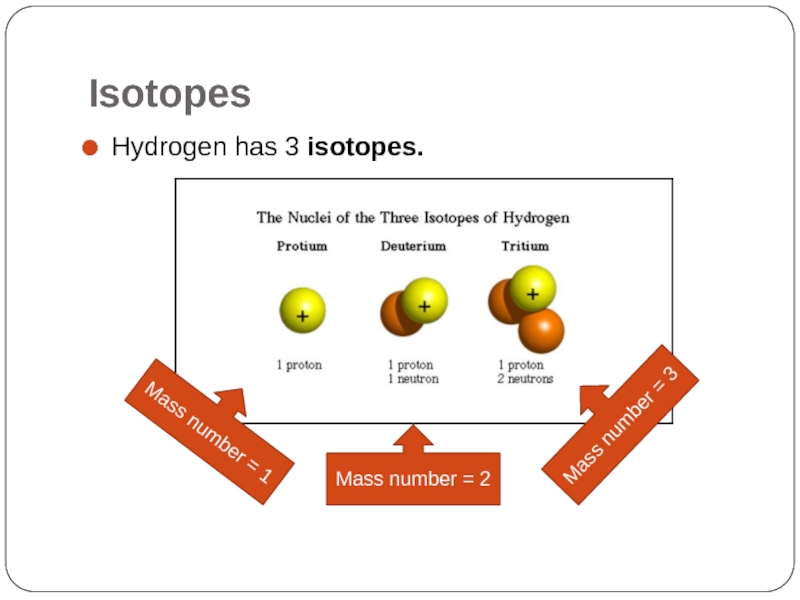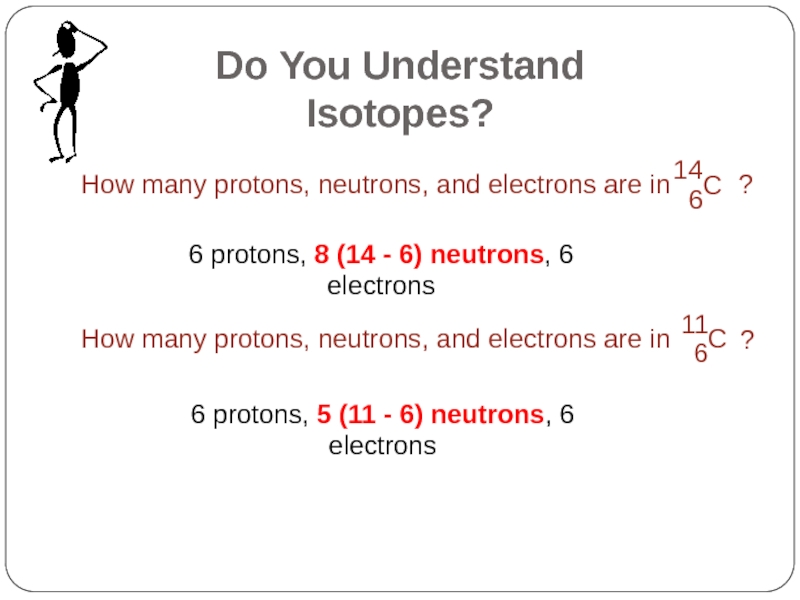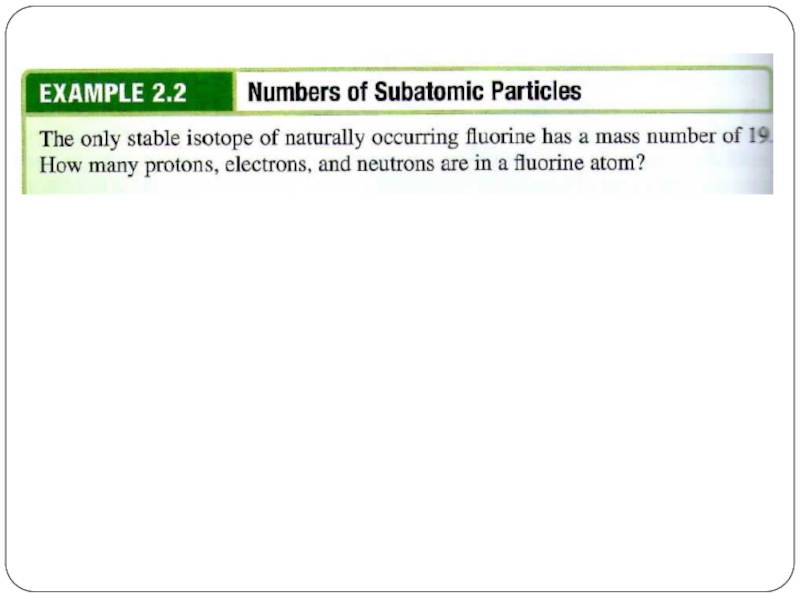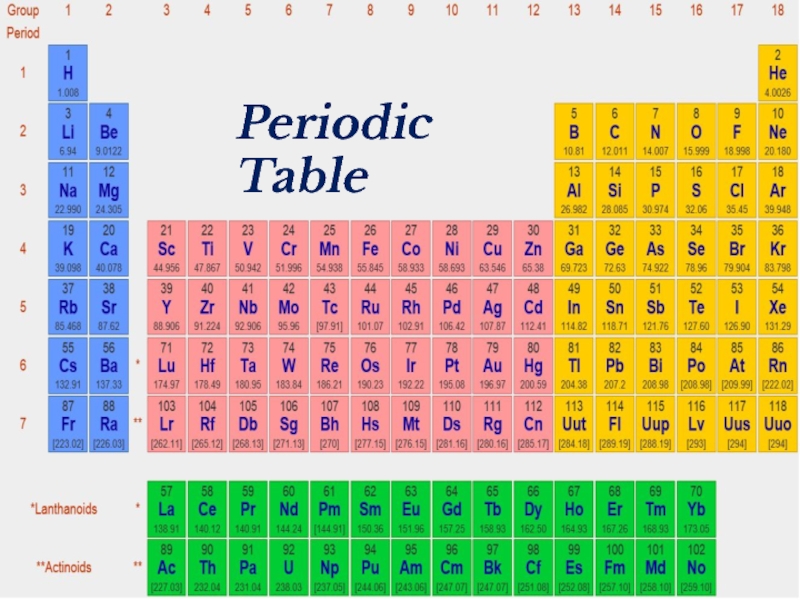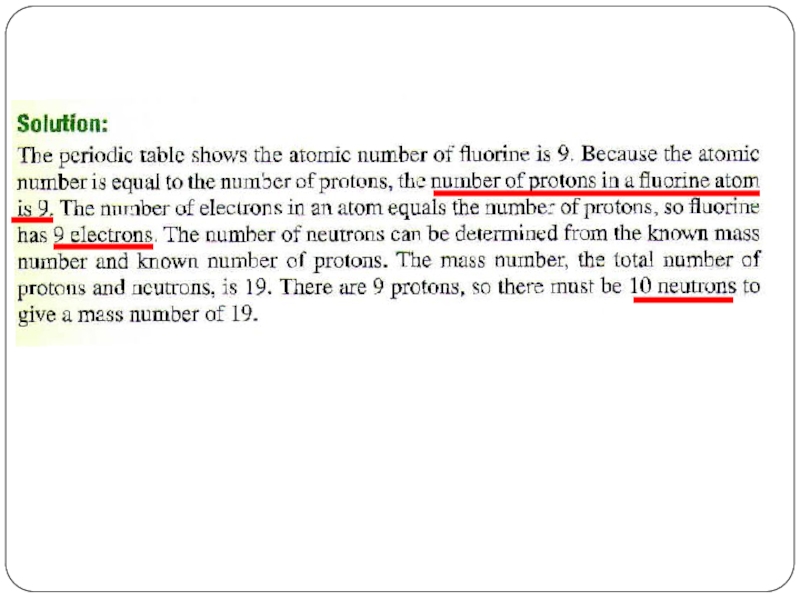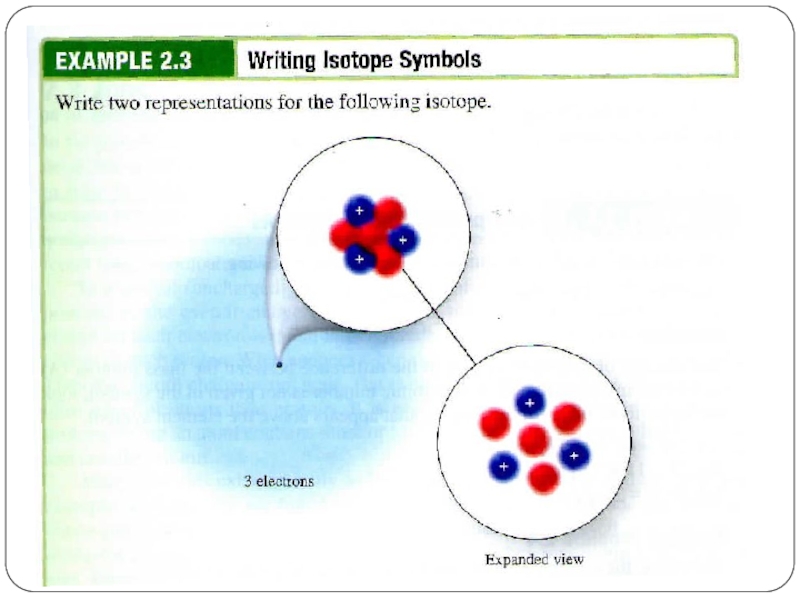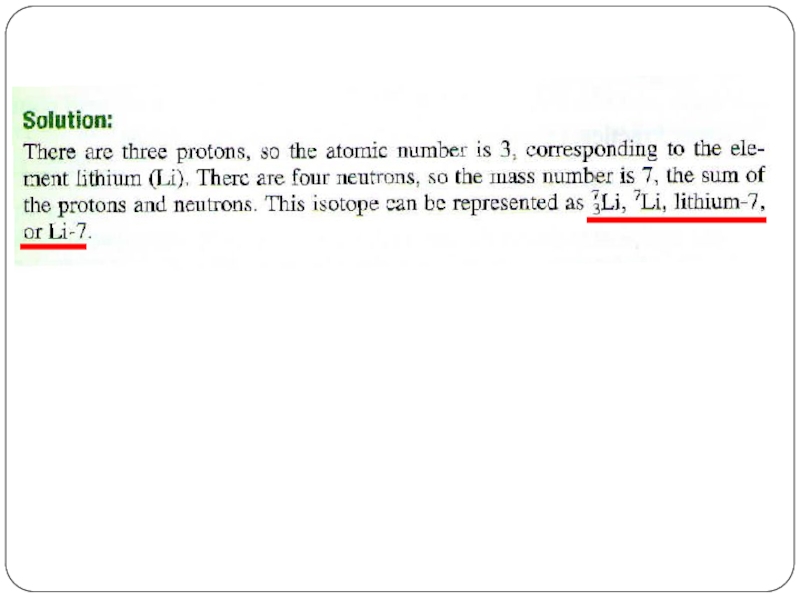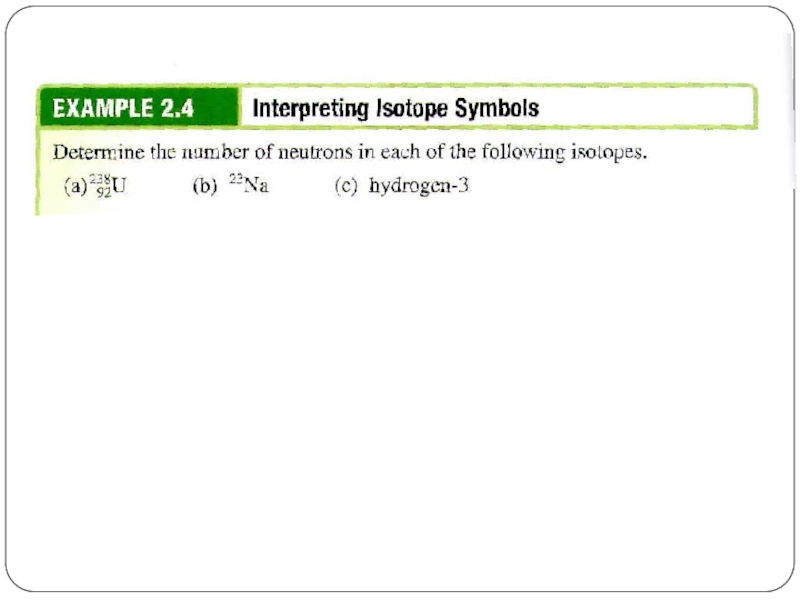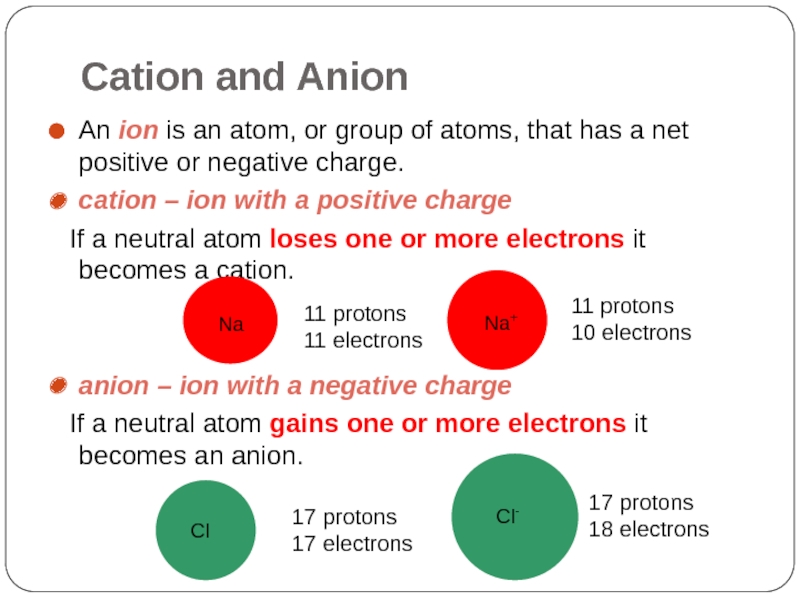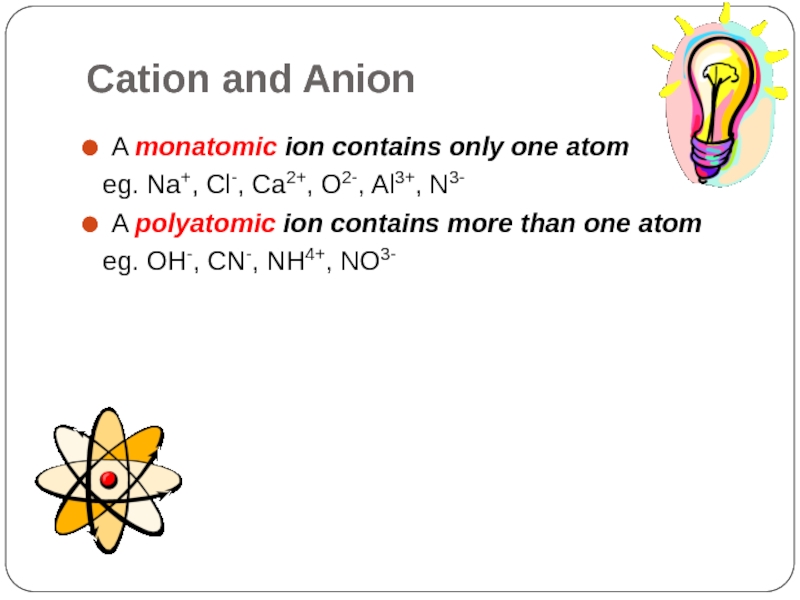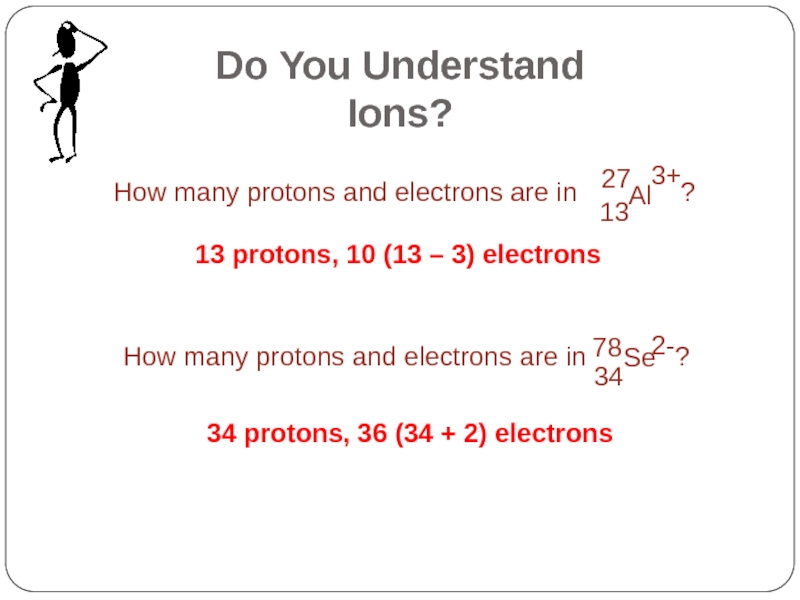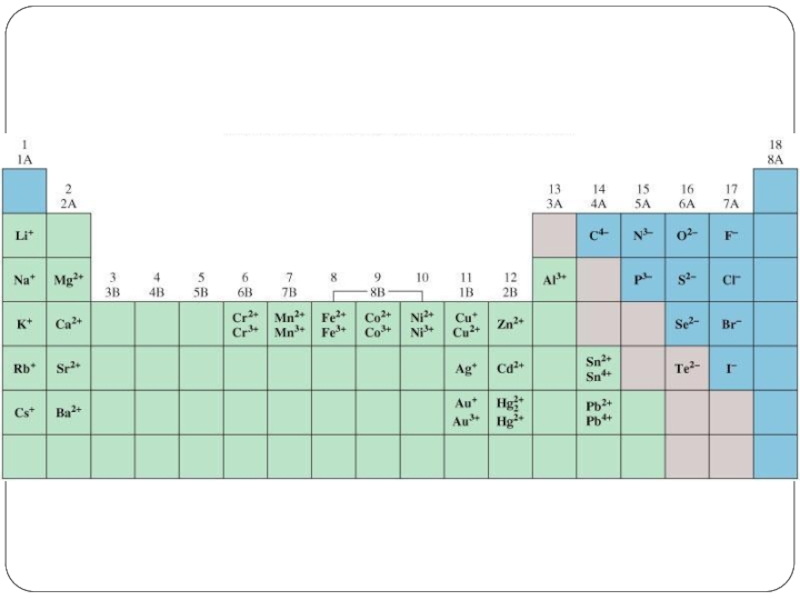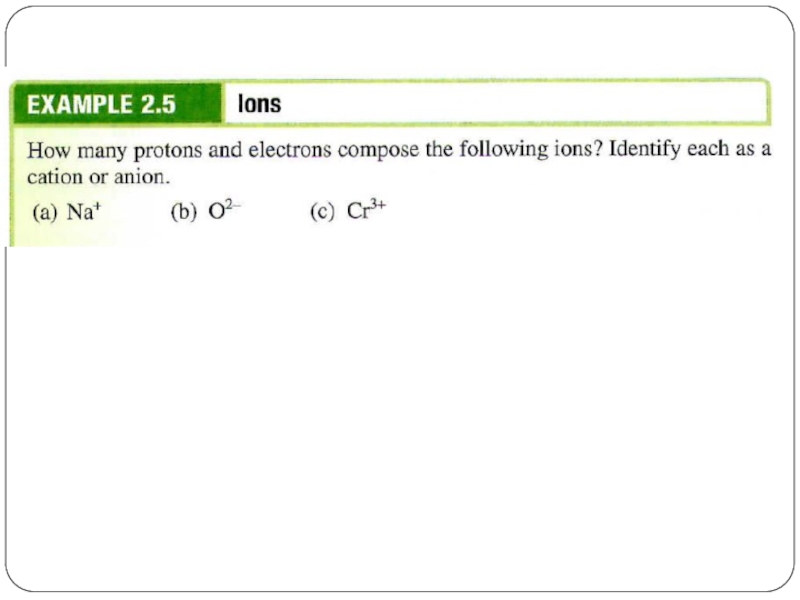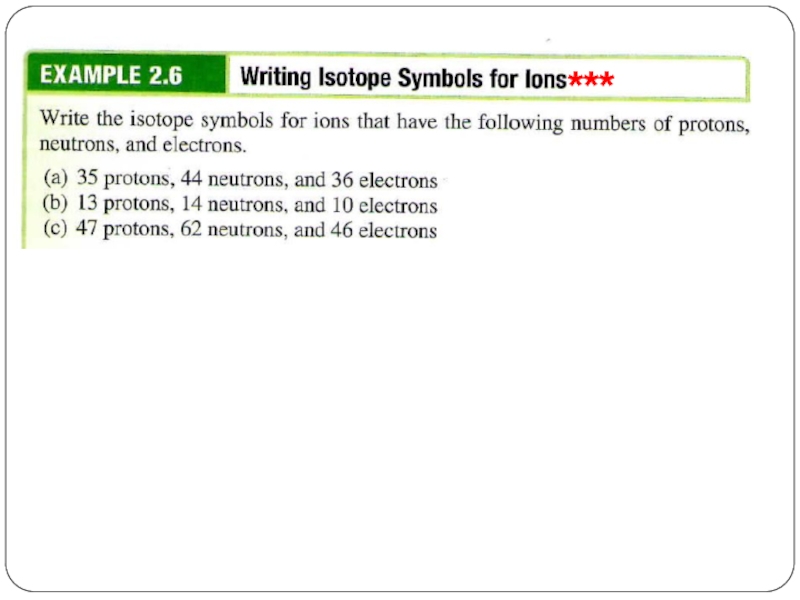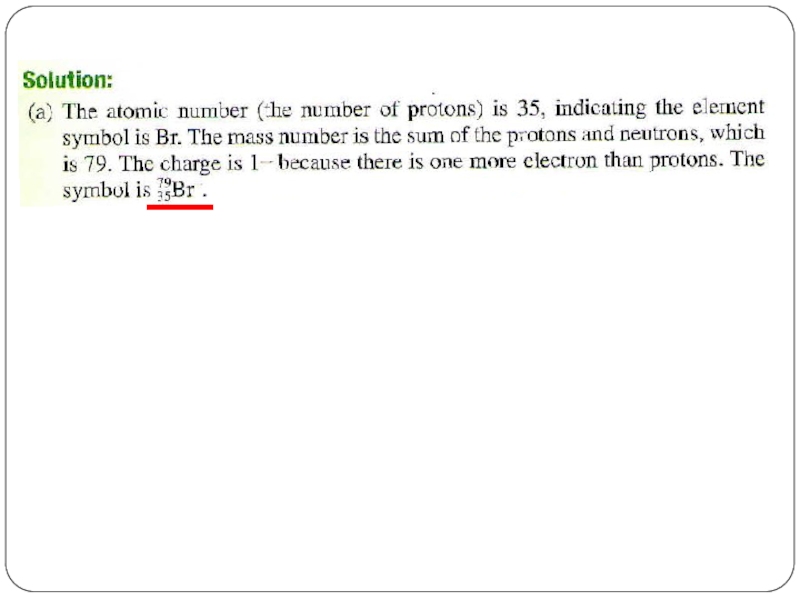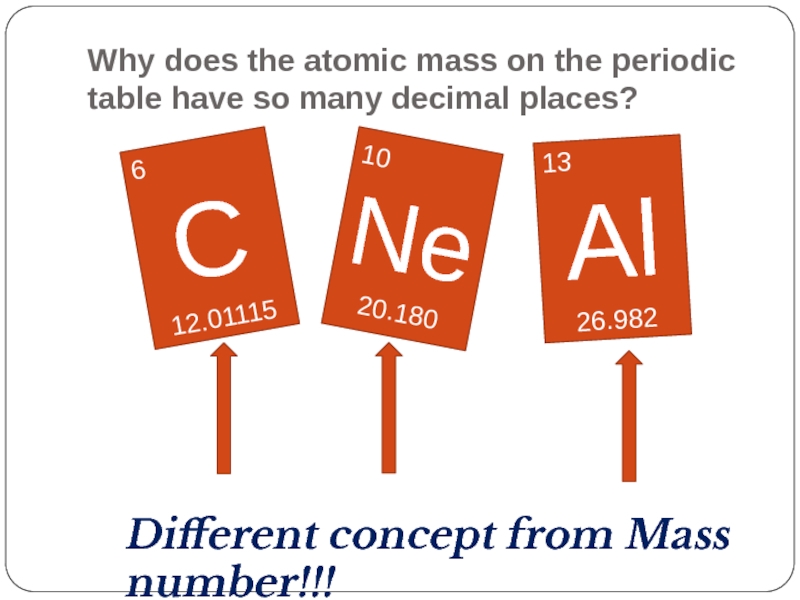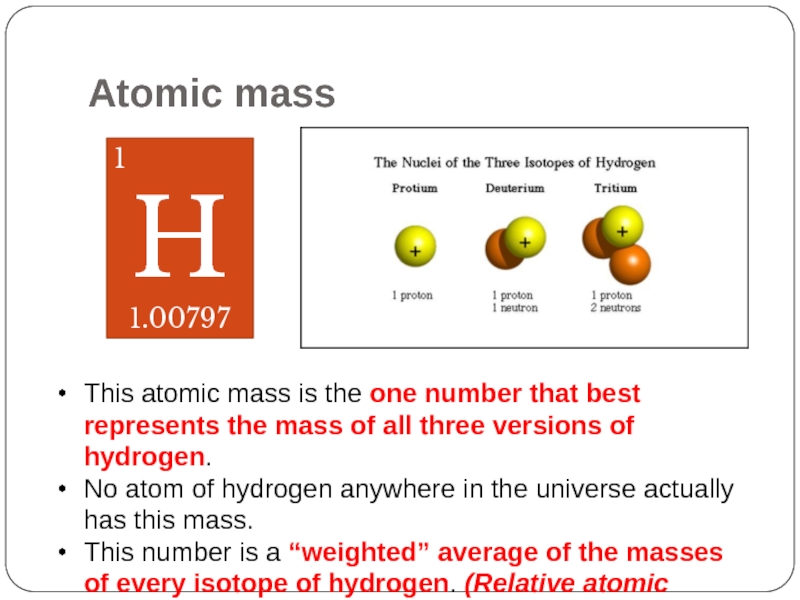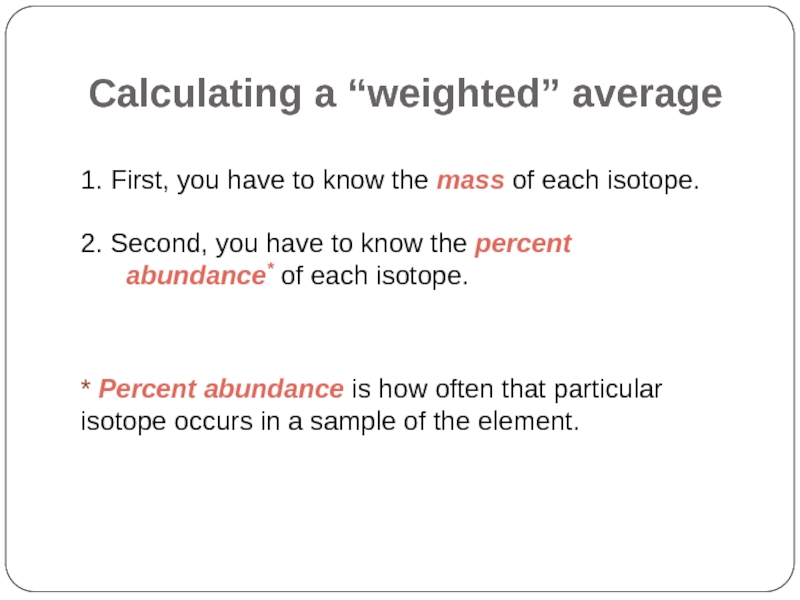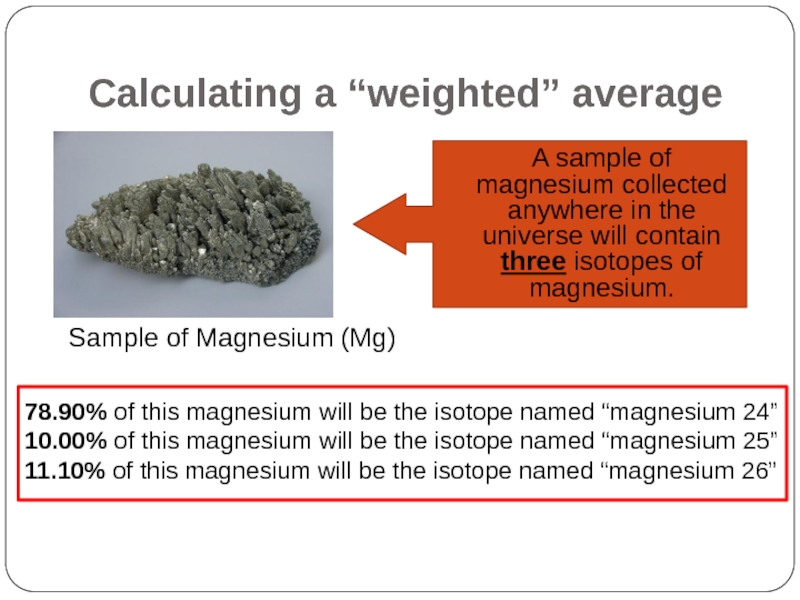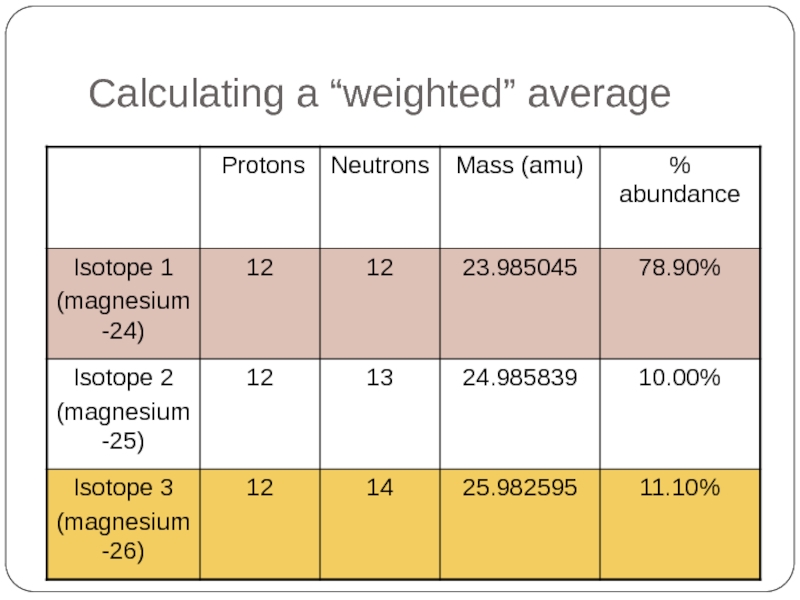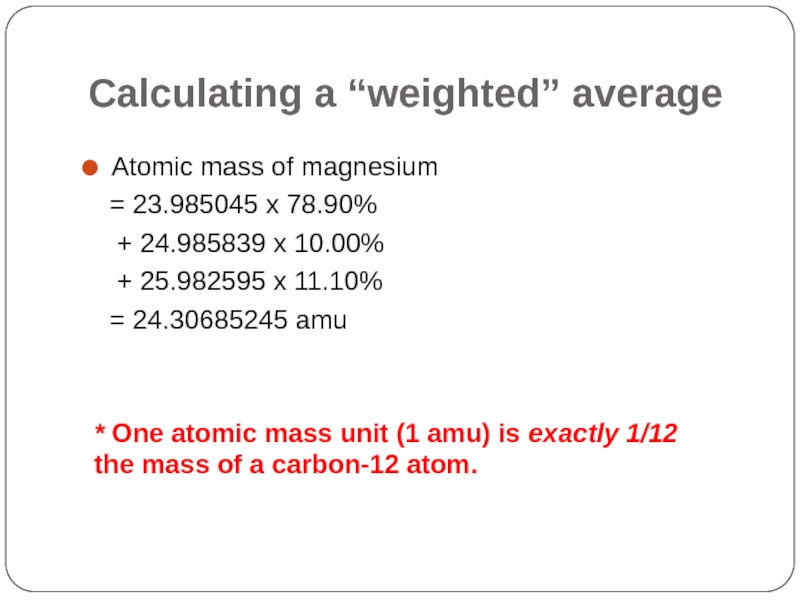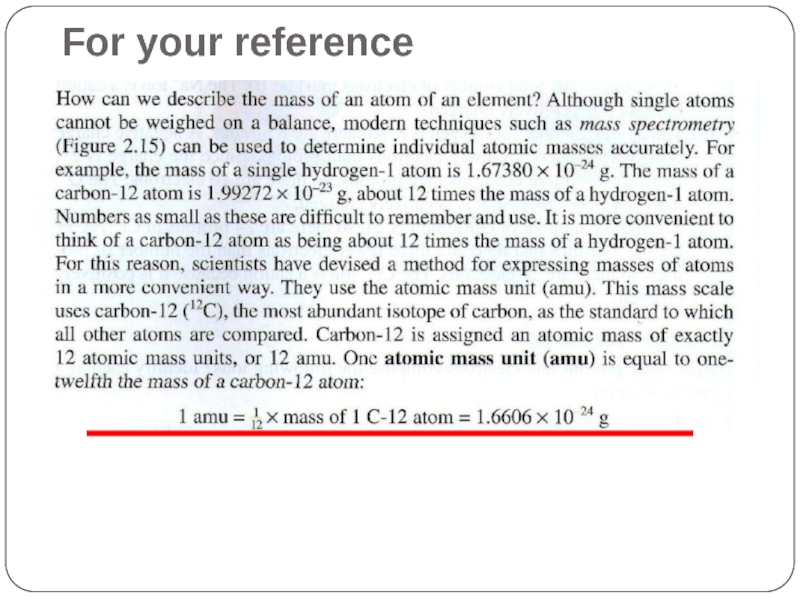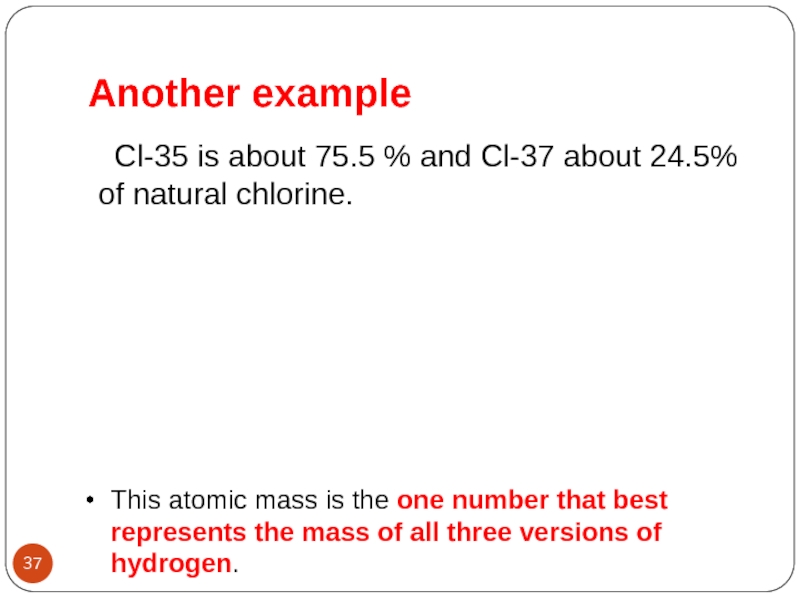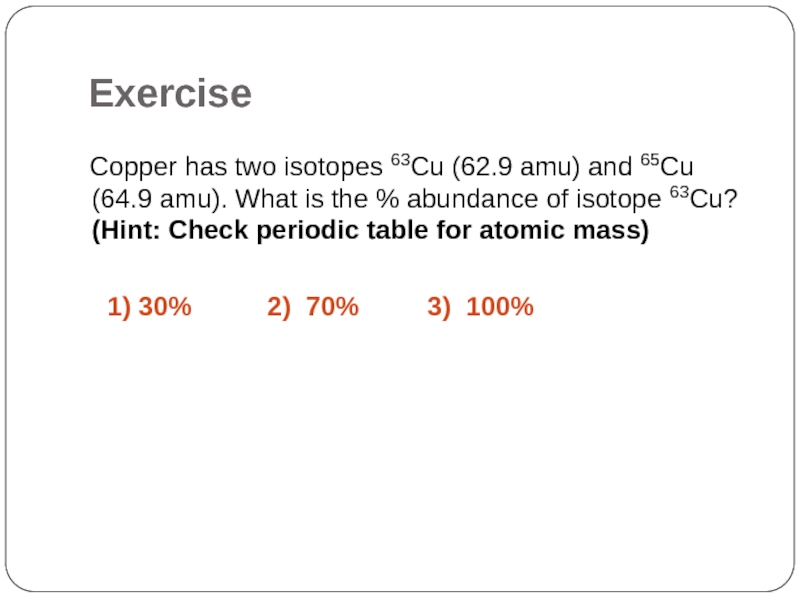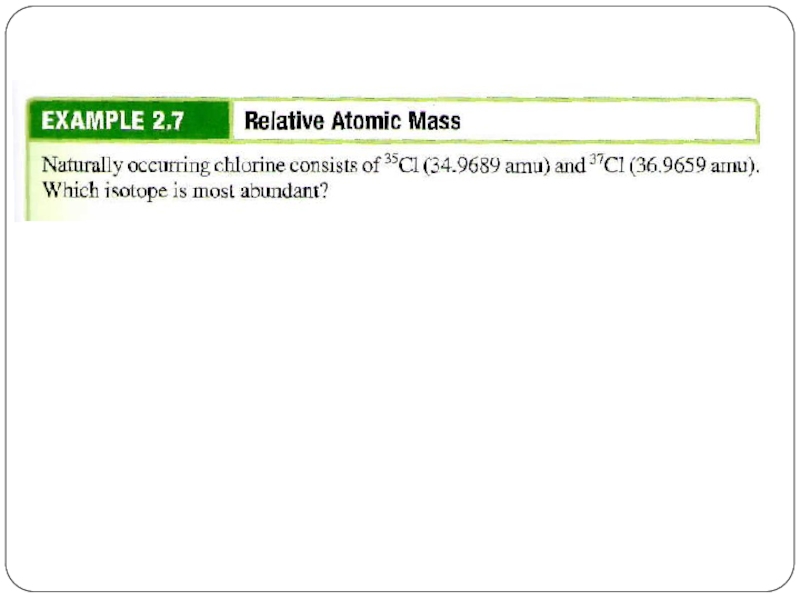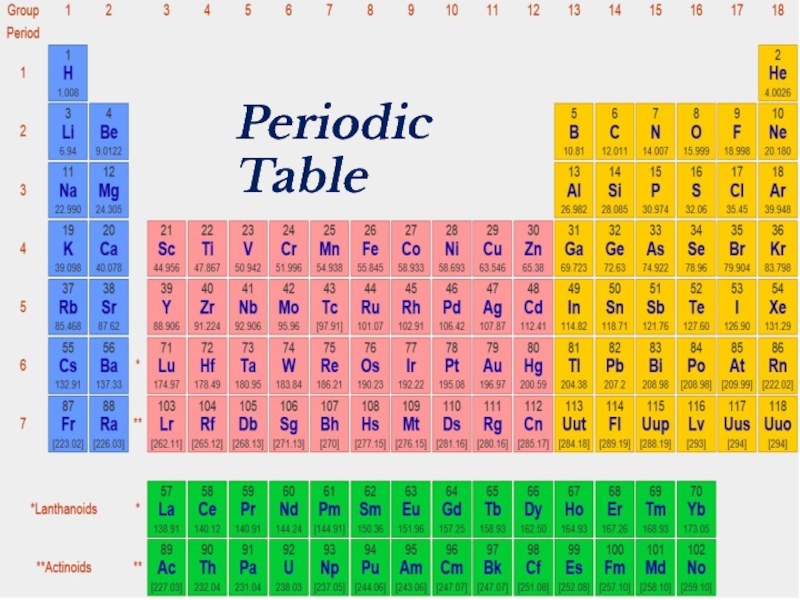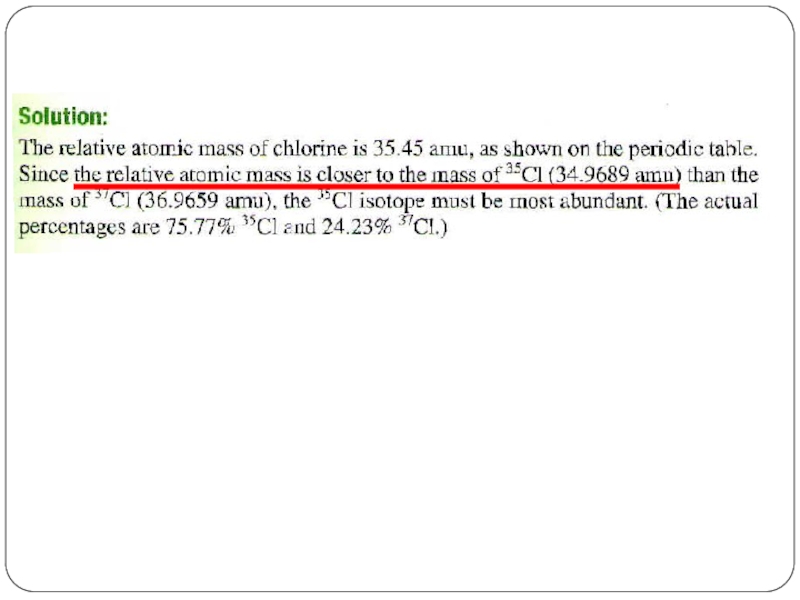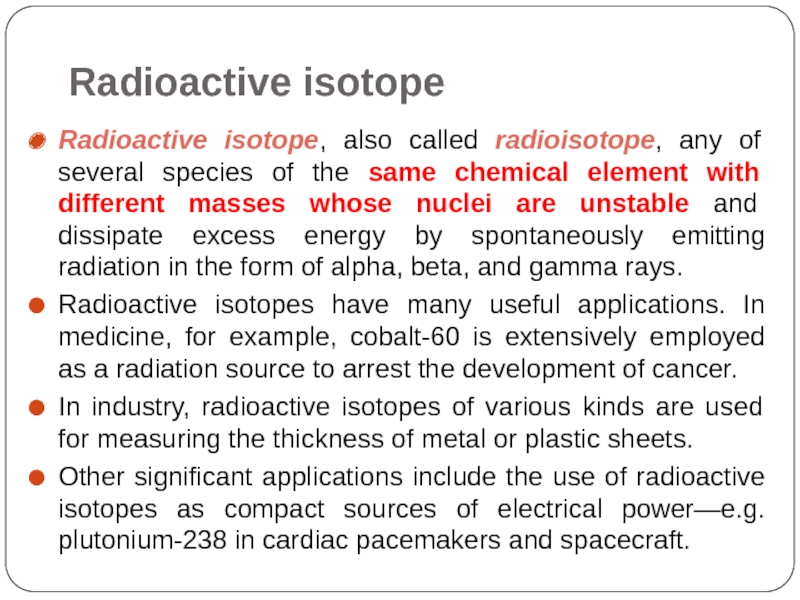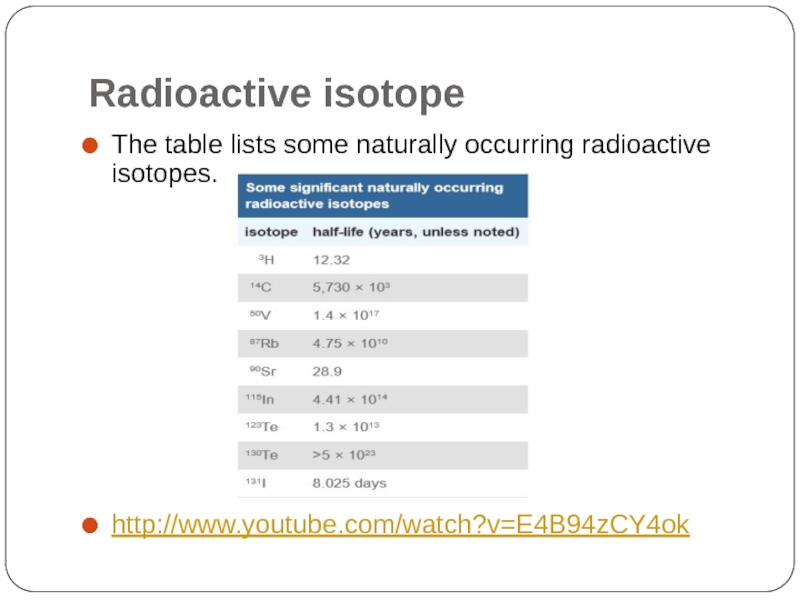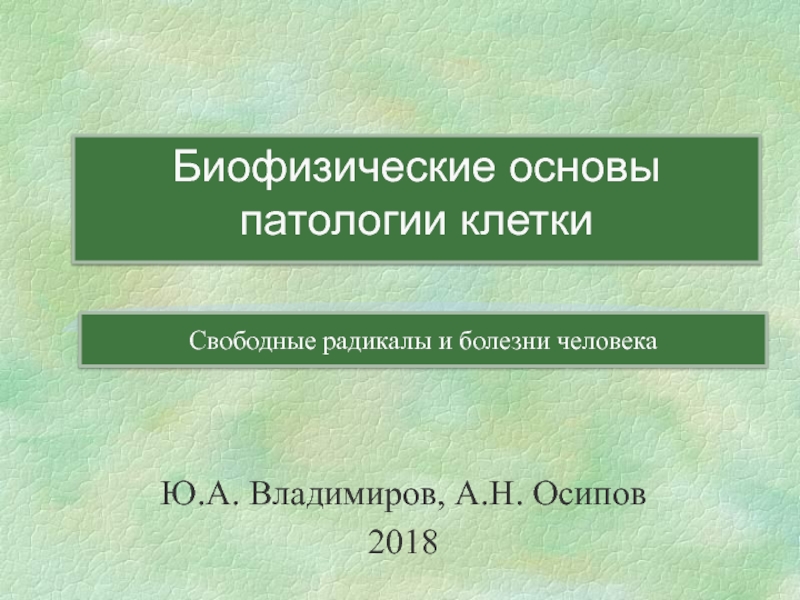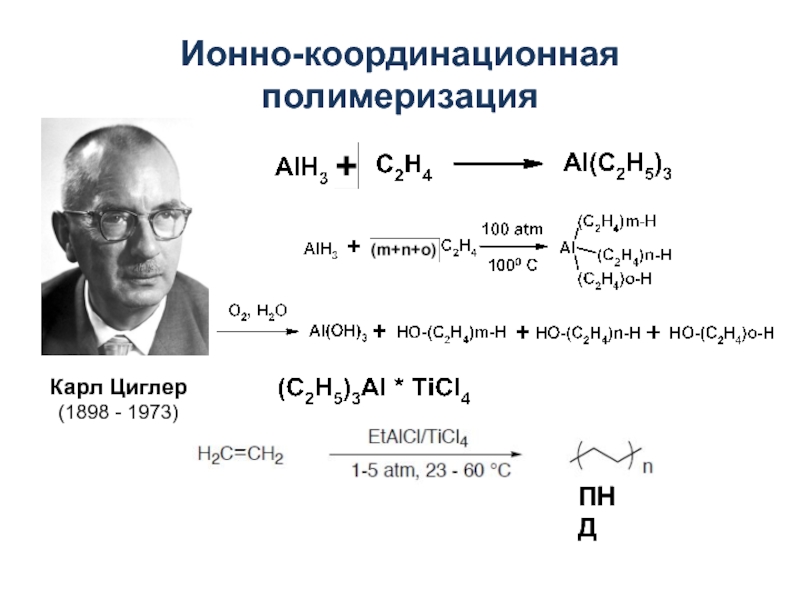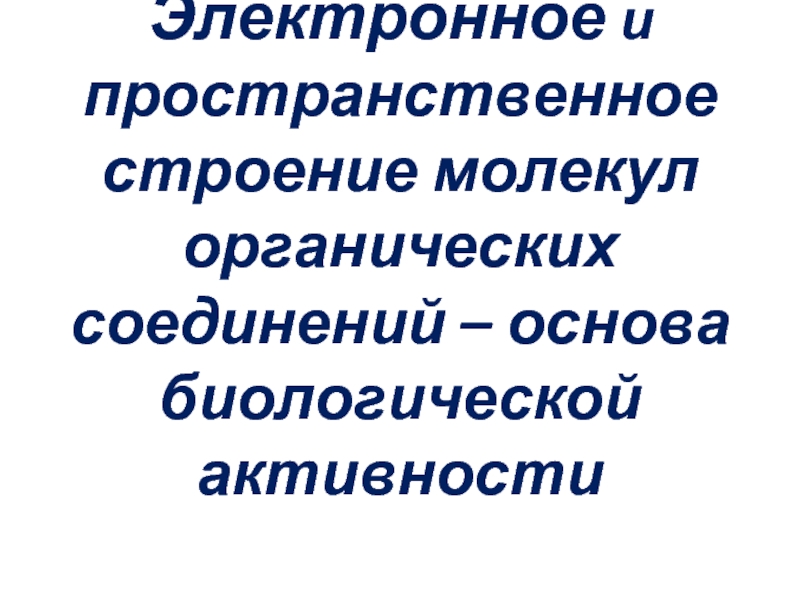- Главная
- Разное
- Дизайн
- Бизнес и предпринимательство
- Аналитика
- Образование
- Развлечения
- Красота и здоровье
- Финансы
- Государство
- Путешествия
- Спорт
- Недвижимость
- Армия
- Графика
- Культурология
- Еда и кулинария
- Лингвистика
- Английский язык
- Астрономия
- Алгебра
- Биология
- География
- Детские презентации
- Информатика
- История
- Литература
- Маркетинг
- Математика
- Медицина
- Менеджмент
- Музыка
- МХК
- Немецкий язык
- ОБЖ
- Обществознание
- Окружающий мир
- Педагогика
- Русский язык
- Технология
- Физика
- Философия
- Химия
- Шаблоны, картинки для презентаций
- Экология
- Экономика
- Юриспруденция
Atomic number, Mass number and Isotopes презентация
Содержание
- 1. Atomic number, Mass number and Isotopes
- 2. Periodic Table
- 3. Information about an element
- 4. Let’s take Li atom for an example:
- 5. Atomic number and Mass Number The number
- 6. Atomic number and Mass Number
- 7. Number of electrons An atom is neutral.
- 13. Isotopes同位素 They are atoms of the same
- 14. Isotopes Hydrogen has 3 isotopes. Have more neutrons, increases the mass.
- 15. Isotopes Hydrogen has 3 isotopes. Mass number
- 16. 6 protons, 8 (14 - 6) neutrons,
- 18. Periodic Table
- 23. Cation and Anion An ion is an
- 24. Cation and Anion A monatomic ion contains
- 25. 13 protons, 10 (13 – 3) electrons
- 28. ***
- 30. Why does the atomic mass on the
- 31. Atomic mass 1 H 1.00797 This atomic
- 32. Calculating a “weighted” average 1. First, you
- 33. Calculating a “weighted” average A sample of
- 34. Calculating a “weighted” average
- 35. Calculating a “weighted” average Atomic mass of
- 36. For your reference
- 37. Cl-35 is about 75.5 % and Cl-37
- 38. Exercise Copper has two isotopes
- 39. Periodic Table
- 41. Periodic Table
- 43. Radioactive isotope Radioactive isotope, also called radioisotope,
- 44. Radioactive isotope The table lists some naturally
Слайд 4Let’s take Li atom for an example:
It has 3 protons, 3
What are its atomic number and mass number?
Слайд 5Atomic number and Mass Number
The number of protons in a given
The number of electrons in the atom is also equal to Z because the atom is electrically neutral.
The total number of protons and neutrons in an atom is called the mass number, A.
The number of neutrons, the neutron number, is A - Z.
An electron carries an atomic unit of negative charge, a proton carries an atomic unit of positive charge, and a neutron is electrically neutral.
Слайд 7Number of electrons
An atom is neutral.
The net charge is zero.
Therefore, Number
Atomic number = Number of electrons
For chlorine (Cl),
Atomic number = Number of electrons = 17
Слайд 13Isotopes同位素
They are atoms of the same element that have different numbers
Hydrogen has 3 isotopes.
Note how the number of
protons never change!!!
Слайд 166 protons, 8 (14 - 6) neutrons, 6 electrons
6 protons, 5
Do You Understand Isotopes?
Слайд 23Cation and Anion
An ion is an atom, or group of atoms,
cation – ion with a positive charge
If a neutral atom loses one or more electrons it becomes a cation.
anion – ion with a negative charge
If a neutral atom gains one or more electrons it becomes an anion.
Слайд 24Cation and Anion
A monatomic ion contains only one atom
eg. Na+,
A polyatomic ion contains more than one atom
eg. OH-, CN-, NH4+, NO3-
Слайд 30Why does the atomic mass on the periodic table have so
6
C
12.01115
10
Ne
20.180
13
Al
26.982
Different concept from Mass number!!!
Слайд 31Atomic mass
1
H
1.00797
This atomic mass is the one number that best represents
No atom of hydrogen anywhere in the universe actually has this mass.
This number is a “weighted” average of the masses of every isotope of hydrogen. (Relative atomic mass)
Слайд 32Calculating a “weighted” average
1. First, you have to know the mass
2. Second, you have to know the percent abundance* of each isotope.
* Percent abundance is how often that particular isotope occurs in a sample of the element.
Слайд 33Calculating a “weighted” average
A sample of magnesium collected anywhere in the
Sample of Magnesium (Mg)
78.90% of this magnesium will be the isotope named “magnesium 24”
10.00% of this magnesium will be the isotope named “magnesium 25”
11.10% of this magnesium will be the isotope named “magnesium 26”
Слайд 35Calculating a “weighted” average
Atomic mass of magnesium
= 23.985045 x
+ 24.985839 x 10.00%
+ 25.982595 x 11.10%
= 24.30685245 amu
* One atomic mass unit (1 amu) is exactly 1/12 the mass of a carbon-12 atom.
Слайд 37 Cl-35 is about 75.5 % and Cl-37 about 24.5% of natural
Another example
This atomic mass is the one number that best represents the mass of all three versions of hydrogen.
Слайд 38Exercise
Copper has two isotopes 63Cu (62.9 amu) and 65Cu
1) 30% 2) 70% 3) 100%
Слайд 43Radioactive isotope
Radioactive isotope, also called radioisotope, any of several species of
Radioactive isotopes have many useful applications. In medicine, for example, cobalt-60 is extensively employed as a radiation source to arrest the development of cancer.
In industry, radioactive isotopes of various kinds are used for measuring the thickness of metal or plastic sheets.
Other significant applications include the use of radioactive isotopes as compact sources of electrical power—e.g. plutonium-238 in cardiac pacemakers and spacecraft.
